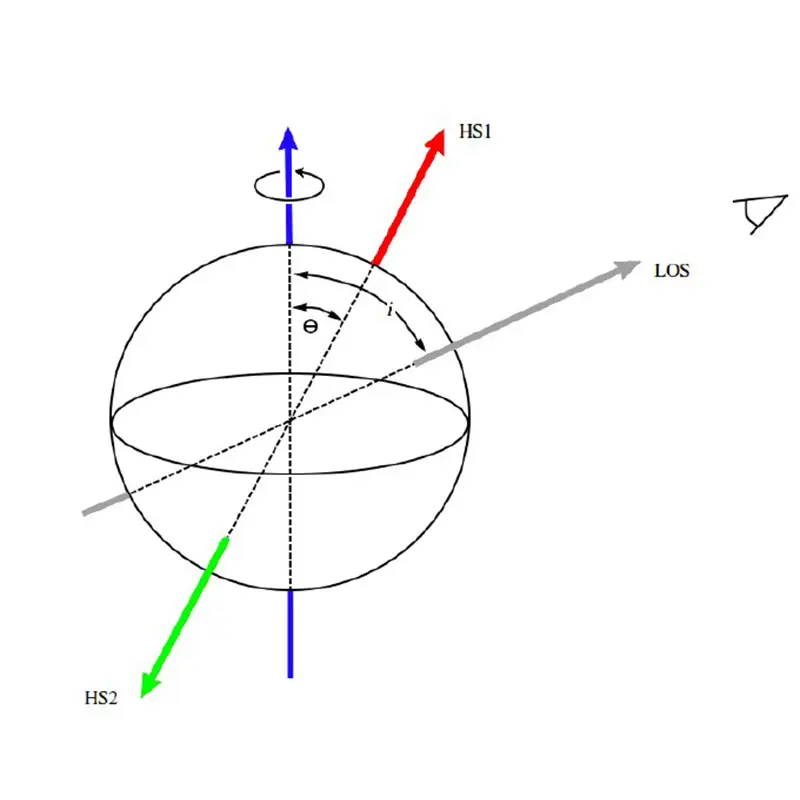In X-Ray binary systems, a compact object (like a Black Hole, a Neutron Star or a White Dwarf) usually rotates about an optical star. An X-Ray binary with a Neutron Star as the compact object can be classified either as a High-mass X-Ray binary (HMXB) (M >10M☉) or a Low-mass X-Ray binary (LMXB) (M < 2M☉), depending on the mass of the optical companion.
A HMXB can either have an early type O or B star. If the B star shows or had shown any H- emission line in the past, it is denoted as a Be star. Be stars also show excess in Infrared (IR) emission.
X-Ray Pulsars are magnetized Neutron Stars. In Binary systems, when the Neutron Star enters the accretion regime, it starts to accrete matter from its optical counterpart which acts as the donor here. This flow of matter can occur either through Roche Lobe Overflow or by stellar winds driven by radiation pressure. This stellar material is then funneled through the magnetic field lines to hot-spots on the Neutron star surface. As this infalling matter gets pulled towards the surface by the gravitational potential well, it gains velocity. This kinetic energy is then converted to heat and radiation. Most of this radiation is in the form of X-Rays which power the compact source.
There exists an offset angle between the dipole magnetic axis and the spin axis of the Pulsar. So, when radiation is beamed along the magnetic axis and it falls along our line of sight, it appears to be pulsed as it rotates about its spin axis. This is the famous ‘light-house’ effect of the Pulsar. The characteristic period of pulsation is equal to its spin period. The spin period of a Pulsar is a dynamical quantity which can change over time. It depends on the mass accretion rate among various factors. Understanding the fundamental parameters of Pulsars, can help us to constrain the equation of state inside Neutron Stars. Extensive research of Pulsars can help us to verify Einstein’s theory of general relativity and its wider implications.

Pulse Profile Modelling
Modeling pulse profiles is an important tool for characterizing the accretion process and emission mechanisms of XRPs. Pulse profiles are created by folding light curves on detected spin periods, thus supplying a periodic signature of a source corresponding to one revolution about its rotational axis. For each pulsar, the orientation of the spin axis relative to our viewing angle, the inclination of the magnetic dipole axis relative to the spin axis, and the geometries of the emission regions all play key roles in producing its unique pulse profile.
Our library, which includes many additional analysis products, provides users with myriad resources to test such models on. Additionally we have created our own pulse profile fitting model, Polestar (Cappallo et al. 2017, 2019, 2020), to unleash on this reservoir of data.
We designed Polestar as an intuitive, tunable model with the minimum number of parameters necessary to determine the gross geometrical characteristics of XRPs. Polestar is a vector-based geometrical model of an emitting XRP, with parameters that control the orientation of the pulsar and the shape of the emission regions. Additionally, it is written in a universal language (Python) with comprehensive documentation to facilitate improvements and incorporation of other codes by the larger astrophysical community.
This library site will enable users to interact with Polestar and thus investigate variations of pulse profiles on their own and in real time.
